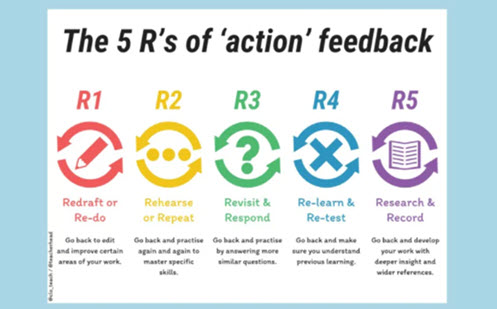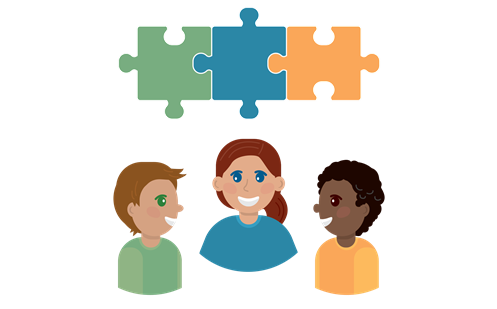Collaborative learning
Overview
Pairing or grouping students does not automatically mean that collaborative learning is occurring. For effective group work there needs to be a group goal(s) and individual accountability. In this way the students will work as a group and know that everyone in the group may be called upon to report back to class.
For group work to be effective students need to be taught explicitly how to work together in different settings, such as pairs or larger groups, and they need to practise these skills. Assigning roles to the students in a group helps to clarify for each student what they are supposed to be doing and reduces the risk of one student dominating the group. Similarly, the selection of the members in a group and the structuring of the task are important if the activity is to be successful.
Here are some strategies to encourage collaboration:
- Think, pair, share
- Number talks
- Jigsaw activities
- Peer review/assessment
- Mathematics investigations
The teacher:
- regularly uses group work
- spends time to teach the skills of group work
- uses group assignment for differentiation – either by grouping in flexible ability groups or by ensuring groups are mixed-ability
- encourages respectful communication and the use of correct vocabulary.
The students:
- know the routines for working together
- communicate with respect, even when giving feedback
- work with all other students
- participate in discussions
- take responsibility for their own work and contributions.
Example of the strategy in action

Dylan Wiliam - Collaborative learning
In this video, Dylan Wiliam describes how to set up successful group learning.
